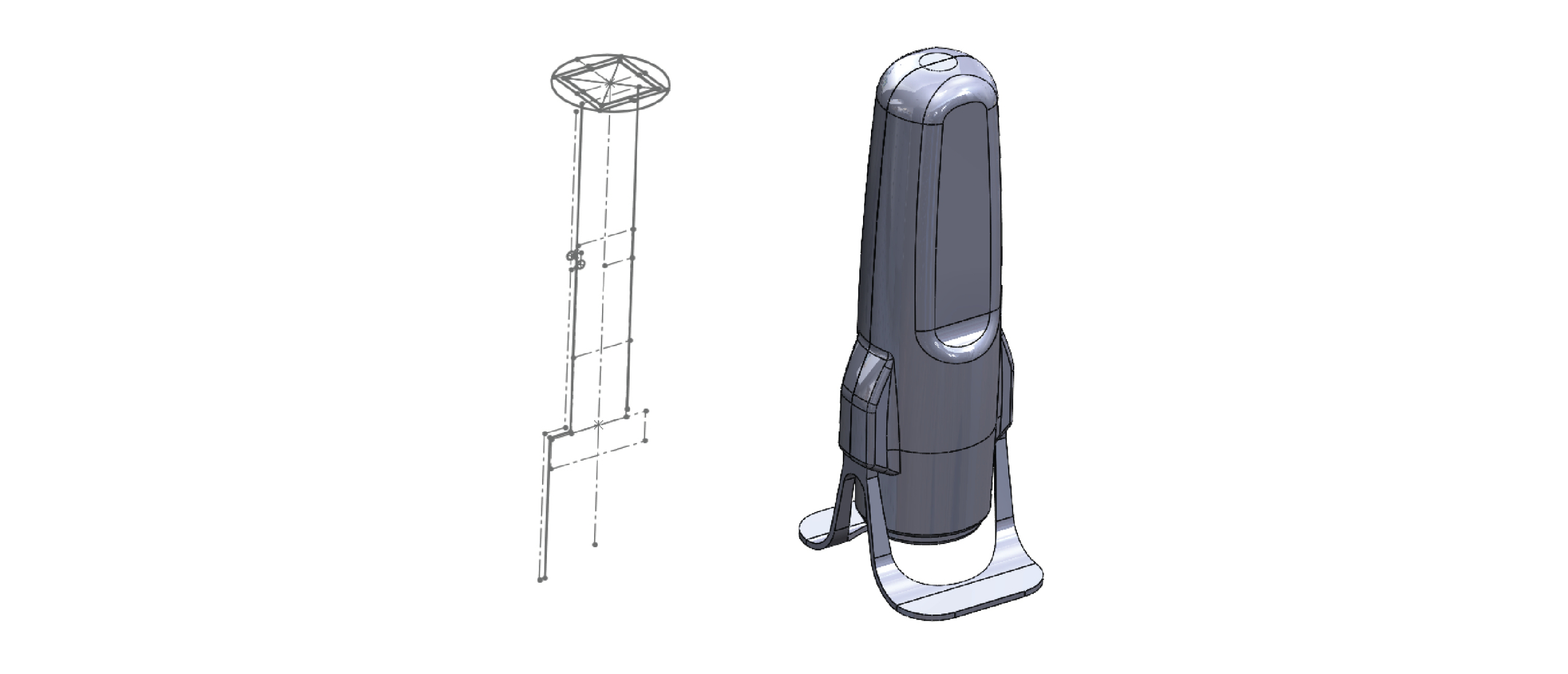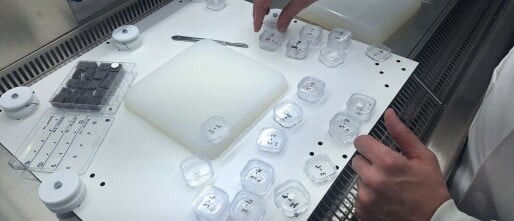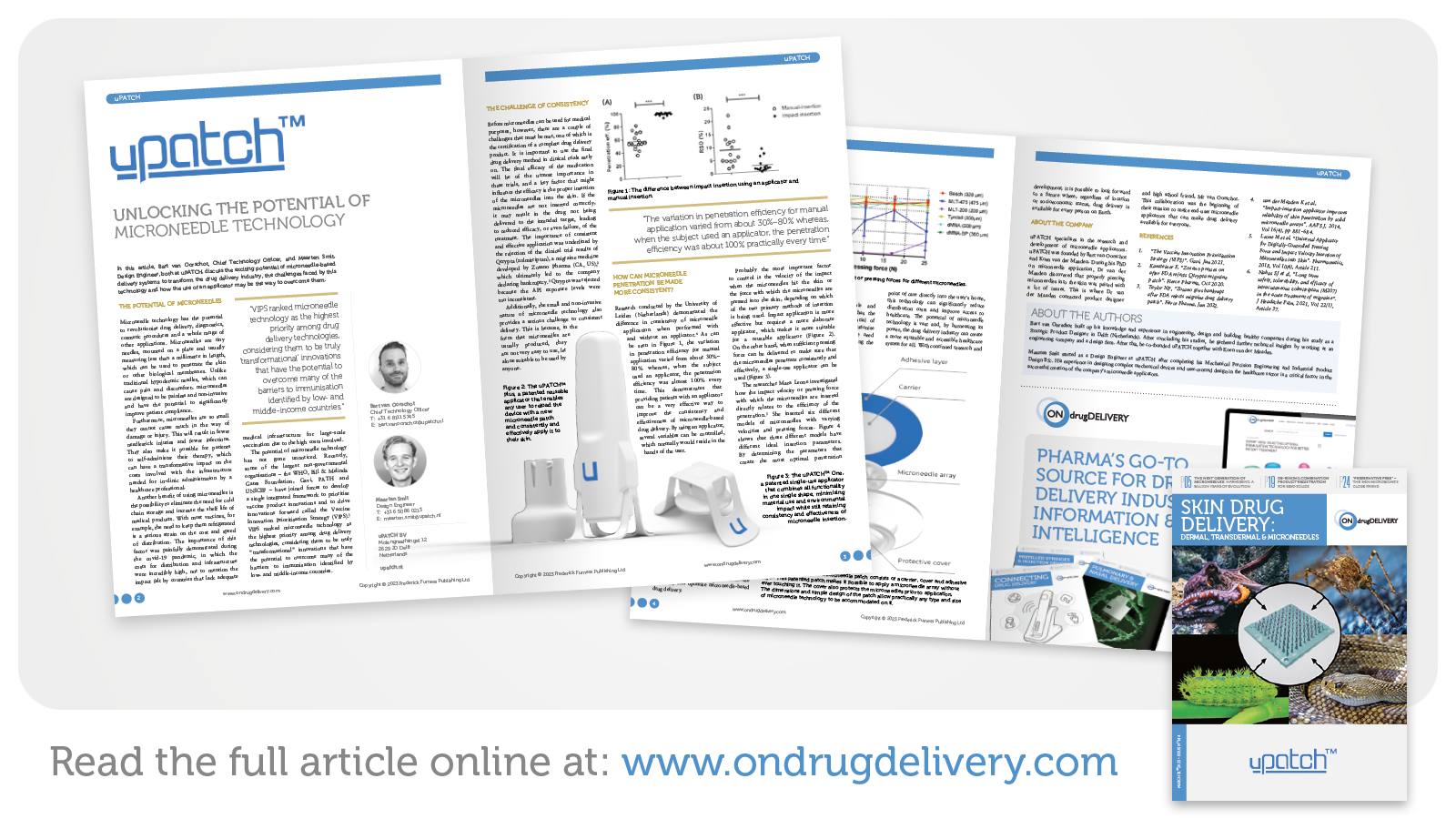What is parametric design? If you ask an Industrial Designer which part of the profession appeals to them most, many will answer with; Prototyping. In the early phases of a design process, the concept is converted into an actual tangible object. This gives the designer the opportunity to hold the concept and above all let the user hold it. This will give endless insights into how the product will be used. The most important, and for me personally the most enjoyable part of making such a prototype is the exploration of its design flaws. By validating the product requirements with the end-user, valuable insights and even new requirements can be obtained. These new requirements and improvements can all be implemented during the prototyping phase.
If you want your prototyping phase to have a real impact and meaning on the overall design process, you'll need the capability to implement loads of changes quickly. In 3D modelling, this can be a huge hassle. For newer designers, weird errors can make it even worse.
The benefits of parametric design
Parametric design makes it possible to implement adjustments in the 3D model with, sometimes literally, one click. Furthermore, this way of designing reduces the risk of annoying errors drastically. The secret of Parametric design lies in the practice of making simple, yet logical reference sketches. When making a new feature in your 3D model you refer the feature sketch to the reference sketch. In SolidWorks, this is done by converting the necessary lines from the reference sketch into the feature sketch using Convert Entities. Ideally, two reference sketches on different default planes are made to refer to different spatial directions. This means that using more than one reference sketch allows the designer to adjust the model in every possible direction.
How I used it
The uPATCH Microneedle Applicators are modelled with multiple logical and easy-to-understand reference sketches. This way the product can be changed very quickly and easily. These changes are documented within the Design History File (DHF) so that every product change can be tracked. Parametric Design makes is possible that when feedback is received from clients and users, the products can be changed and documented in a jiffy!





